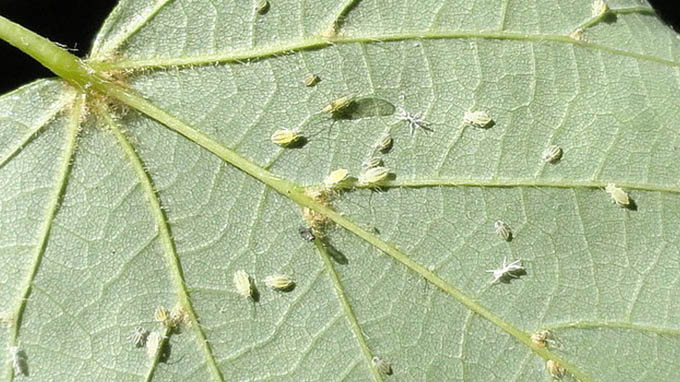It has only been a couple of months since England’s vast forests were reported to be still at the mercy of the effects of the scorching summer heat of 1976. Since then, scientists discovered that the growth rate of trees went through a huge reduction for over 30 years. It was only recently that trees in British soil were able to experience a climate conducive for growth.
Unfortunately, British trees face another great predicament with the increasing number of exotic pests surfacing within the country. With the current condition of British trees still undergoing recovery from its previous climate ordeal, these exotic pests definitely have the upper hand.
Since scientists have already predicted that the threshold of nutrition has not yet been reached even after the major drought mentioned above. However, with the presence of these exotic pests, it is only a matter of time before the said threshold will not only be reached but surpassed.
Was it a product of man or an event of nature?
As trade and tourism continues to flourish in British boundaries, the need for environmental development to meet these aspects opened an unexpected window of disaster. With various beautification and experimental projects being launched in Britain, many exotic trees were imported to achieve the desired appeal and criteria.
One of activities that gave the biggest opening for these exotic pests to enter Britain is the use of rush landscaping to get the job done within the shortest possible time. This has been mostly applied for infrastructural projects of roads, new business establishments, as well as public recreational places such as parks.
Since an instant landscape would need instant real trees to complete the picture, the purchase of trees from other countries that can meet the demand had to be done. Although trees that were imported went through pest control and inspection, unfortunately, eggs were already laid by various pests on different parts of some trees.
Homing in on the pest carriers
Among these exotic trees are discussed below along with their respective causative occurrences and pests which lead to this predicament of nature:
- Broad-leaved trees, as well as other trees of the Quercus species which came from London and California, was found to be part of the main causes behind this plague of exotic pests in Britain. After thorough tests on the number of causative agents as well as the areas affected, Ramorum was found in huge numbers from the above-mentioned trees.
- Oak trees coming from Europe have been found to be among the top carriers. After scientists tested these trees, a huge number of Oak processionary moth eggs have been found to be carefully burrowed among the angles of leaves and branches. This became so because Oak trees posted as one of the most highly sought trees for landscaping, especially parks and other outdoor recreational facilities.
- American red oaks and European beech were also found to have high P. Ramorum after tests have been conducted.
The current action taken
Although the plague of these exotic pests on British trees continues until this day, the Forestry Commission Plant Health Service along with other concerned organizations has focused their efforts on determining other major sources and carriers of these exotic pests. From this data, they would be able to prevent the continued entry and increase of exotic pests into the country, especially those that are highly destructive to plant-life in Britain.
This action has been tailored from the means used to counter a similar problem that occurred in the United States. Unfortunately, the task at hand has been projected to be more difficult due to the current number of species of exotic pests that have been discovered. In addition, strong preventive measures have already been taken for before these pests start plaguing man as well.

